ARTE: W MAGAZINE
 Thursday, March 24, 2016 at 5:00AM
Thursday, March 24, 2016 at 5:00AM Check out Zoë Buckman in the April issue of W Mag as she discusses her first solo show in Los Angeles. Were very happy to debut Every Curve! On newsstands now!!


 Thursday, March 24, 2016 at 5:00AM
Thursday, March 24, 2016 at 5:00AM Check out Zoë Buckman in the April issue of W Mag as she discusses her first solo show in Los Angeles. Were very happy to debut Every Curve! On newsstands now!!


 Wednesday, March 23, 2016 at 5:00AM
Wednesday, March 23, 2016 at 5:00AM OZY featured me under there Rising Stars column!!!!
Boy, can artist Derek Fordjour remember the first time he met Michelle Papillion. They were in a room full of big names and up-and-comers at the estate of a very important Black artist. Papillion stood up in her purple pants and great shoes and proclaimed: “I run a gallery in the hood.”
Since then, Papillion’s gallery has shifted quarters, but not too far, and today you can find it below a neon sign — PAPILLION, it spells, in flamingo-pink capitals — in Leimert Park, Los Angeles. Nearby, there’s Jamaican food, African-style silhouette murals and a whole lot of dudes drumming in the parking lot for a Friday afternoon. Maybe it’s an unlikely birthplace for the next great renaissance of African-American art. Or maybe it’s the perfect one. Whatever the case, Papillion’s ambitions recall nothing less than the Harlem of 90 years ago. Her shows, which feature the work of Black artists on the rise, already draw some of the most powerful collectors in the world. “We’re in the beginning of it,” she tells me when I visit.
She looks weirdly fashionable in her oversize gray hoodie, hoop earrings, black pants and all black sneakers — even the Reading Rainbow mug she’s clutching seems somehow cool. Papillion isn’t the only reason that New York and London bigwigs like Jeffrey Deitch and Jay Jopling have come calling on the L.A. art scene, of course. Los Angeles looks a lot more like Brooklyn nowadays, with artists going at giant canvases in abandoned warehouses and an accompanying gentrification. But art in the City of Angels has a different kind of aesthetic — bigger pieces, bolder colors, outdoor installations — and a more inclusive, less elitist vibe. “People need to feel comfortable in this environment,” Papillion says.
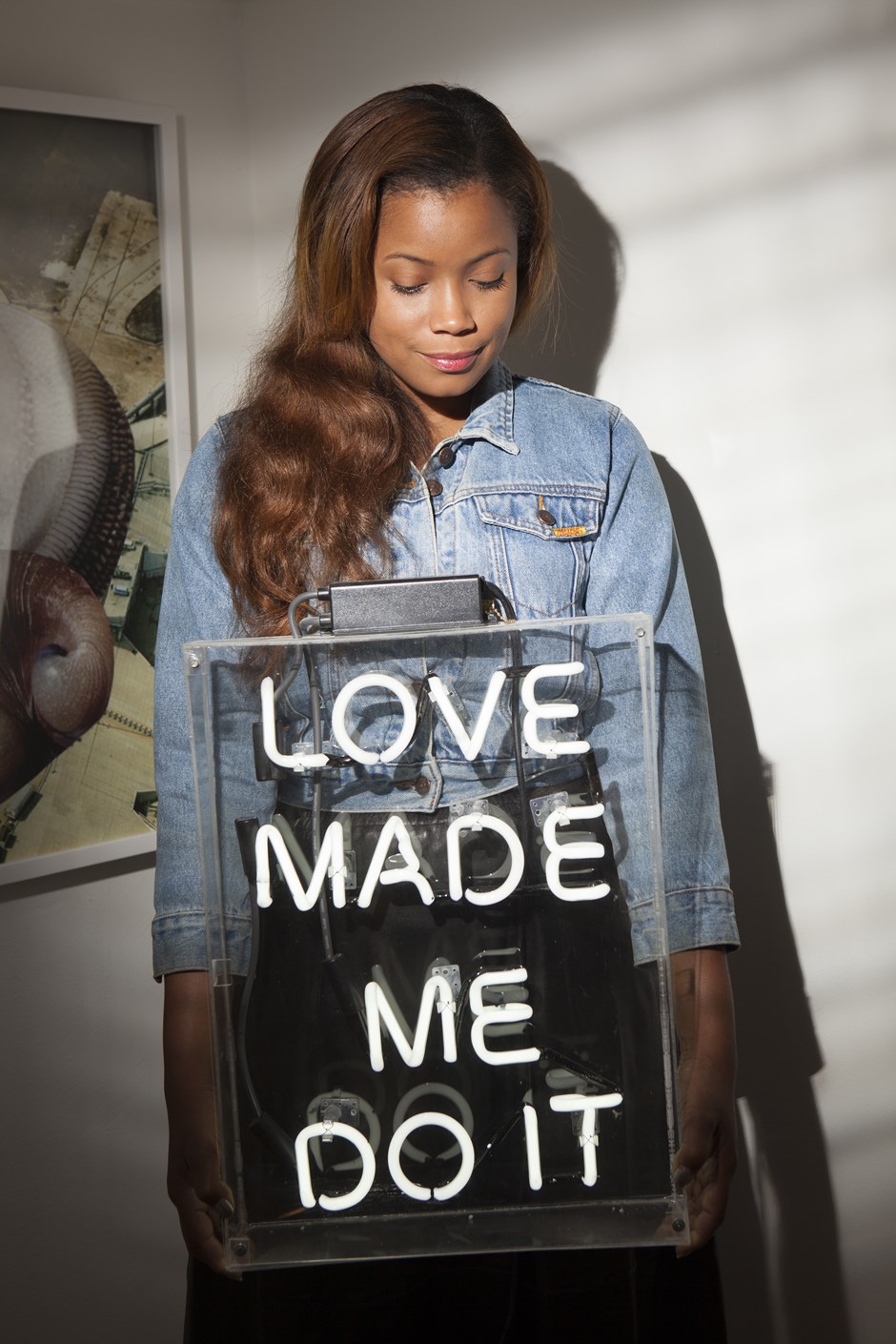
To me, Papillion’s gallery recalls W.E.B. DuBois’ dream for Black drama: It would be by, for and near African-Americans — though it’d be inaccurate to suggest that Papillion is only for Black audiences. Visitors are greeted by one of Fordjour’s canvases, featuring faceless Black men lined up as targets in a carnival game. Two panels of a Black man at an ATM cover an entire wall of Papillion’s office; it’s the work of Haitian-born, New York–raised, L.A.–based artist Andy Robert. A collage of magazine photos by Suné Woods (formerly a photographer), stressed and manipulated, hangs with a texture like overlapping tissue papers. “Curatorially she’s doing all mediums,” Shelley Holcomb, cofounder of Curate L.A., says, with “really young artists that are subsequently gaining attention internationally.” Indeed, the day I visit, she’s just met with a couple of collectors from Tokyo.
In some ways, Papillion’s work runs parallel to that of Theaster Gates, the South Side Chicago revitalist, in whose property she made that declaration about the gallery in the hood. Making the space around her beautiful is Papillion’s art project. “There are no galleries on this side of town owned by people of color. Period.” To do good for a community is an art in and of itself, she says. And there’s much good to be done in Leimert Park, a predominantly Black neighborhood with the second-highest property crime rate in the city, according to the Los Angeles Times.
Papillion is protective, even possessive, of the dozen Black artists she’s shepherded to wider renown. Sometimes she is downright political. In Artforum, in the pages where owners typically advertise upcoming exhibitions, she took out an ad that said, “Dear Art World, Let’s End Police Terrorism #blacklivesmatter.” Last Martin Luther King Jr. Day, Papillion underwrote a colorful float, designed by one of her artists, to represent the Crenshaw neighborhood, near Leimert Park. One of the sayings plastered on it was “Black money matters.” It’s rare of a gallerist to be that explicit — and loud — about her politics.
But activism was in the water she drank, growing up in Oakland. Her mom was an educator, and her dad an architect. At Howard, she studied the classics at first, learning Latin, Greek and Egyptian (yes, she can read all three and waves off my impressed expression). She joined an Egyptian art class, and in terms of falling in love with visual arts, that was “the tip of an iceberg for me,” she says.
It’s not easygoing, of course. Finding emerging artists is like winning the lottery, and turning unknowns into collectors’ darlings takes an eye, nurturing, skill, advocating, branding — as well as time and justice. Of the 10 people on the Most Powerful Art Dealers list that Forbes put out in 2012, none were women of color. But Papillion, has already come far, says Fordjour, who remembers coming up with her: “We were all at this scrappy space at the same time,” he says. Things have changed: “Now people know her name when she comes into the room, and that’s a different way to advocate.”
 Saturday, March 19, 2016 at 5:00AM
Saturday, March 19, 2016 at 5:00AM Its more fun if you mute your computer and watch them all play simultaneously.
 Thursday, March 17, 2016 at 5:00PM
Thursday, March 17, 2016 at 5:00PM Recap of our Kingdom Float on Martin Luther King Jr. Day
 Monday, March 14, 2016 at 5:00AM
Monday, March 14, 2016 at 5:00AM Artnet News lists Every Curve as one of the groundbreaking exhibitions by female artists to see!
"Zoë Buckman, "Every Curve" at PAPILLION ART, Los Angeles:
Zoë Buckman is a must-watch multimedia artist best known for hand-embroidering lyrics by rappers Biggie Smalls and Tupac Shakur on delicate pieces of vintage lingerie as a means of reconciling her feminist beliefs with her love of hip-hop music and culture, where male chauvinism often runs rampant.
Michelle Joan Papillion, an up-and-coming Los Angeles gallerist and an important art world figure in her own right, will display the entirety of Buckman's most famous body of work for the first time in one place.
"Every Curve" will be on display from March 12–April 30, 2016."
 Monday, March 7, 2016 at 5:00AM
Monday, March 7, 2016 at 5:00AM Congratulations to Suné Woods, she is the 2016 recipient of the Baum Award sfcamerawork.org/2016-baum-award
SUNÉ WOODS NAMED 2016 RECIPIENT OF THE
BAUM AWARD FOR AN EMERGING AMERICAN PHOTOGRAPHER
Award Exhibition on view at SF Camerawork from May 5 - June 25, 2016
PRESS RELEASE
The Baum Foundation and SF Camerawork (SFC) are pleased to announce Los Angeles-based artist Suné Woods as the recipient of the 2016 Baum Award for an Emerging American Photographer. Now in its 10th year, the national award is given bi-annually to an artist of exceptional talent working in the medium of photography, providing exposure and resources at a critical career-point.
Suné Woods creates photographs, collage works, and multi-channel video installations. Woods employs a combination of appropriated and created imagery to address sociological phenomenon, imperialist mechanisms, and formations of knowledge. Her work engages absences and vulnerabilities within cultural and social histories through the photographic image. She is interested in how language is emoted, guarded, and translated through the absence/presence of a physical body.
Woods is a recipient of the 2015 John Gutmann Photography Fellowship Award and the 2012 Visions from the New California initiative. She has participated in residencies at Headlands Center of the Arts, Vermont Studio Center, Center for Photography at Woodstock, and will be in residence at Light Work (Syracuse, NY) in 2016.

About the Baum Award
The Baum Award was founded in 2001 by Glenn and April Bucksbaum. Since 2008, the Baum Foundation has partnered with SF Camerawork to administer the award nomination, manage the jury process, and host the exhibition. Each year, 25 contemporary art curators throughout the United States are asked to nominate two emerging artists for the award. A panel of professional artists and curators are then selected by SF Camerawork to jury the nominations and select the recipient.
The jury for the 2016 Baum Award included: Robert Johnson, Curator Emeritus, The Fine Arts Museums of San Francisco; Hesse McGraw, Vice President for Exhibitions and Public Programs, San Francisco Art Institute; Sergio De La Torre, artist and lecturer, San Francisco University; Santhi Kavuri-Bauer, curator and lecturer, San Francisco State University; and Heather Snider, Executive Director, SF Camerawork.
Past recipients of The Baum Award include: Jaime Warren (2014); Eric William Carroll (2012); Christopher Sims (2010); Sean McFarland (2009); Mike Brodie (2008); Lisa Kereszi (2005); Katy Grannan (2004); Luis Gispert (2003); and Deborah Luster(2001).
About the Baum Foundation
The Baum Foundation, which is dedicated to improving the quality of people’s lives through support of the arts, has funded the Baum Award since the inception of the program in 2001. The project originates from a conviction that photography is a powerful and influential medium with the capacity to emotionally connect with audiences in ways that words cannot. This ability to reach people on a visceral level can transform awareness into understanding and lead interest into action—fundamental aspects of a healthy and vital society.
 Thursday, March 3, 2016 at 5:00AM
Thursday, March 3, 2016 at 5:00AM Our solo booth with painter Derek Fordjour in Volta NY 2016. We are booth E3, fair hours are March 3-5th 12pm - 8pm and ends March 6th 12pm - 6pm
 Image courtesy David Willems Photography
Image courtesy David Willems Photography
 Friday, February 19, 2016 at 5:00AM
Friday, February 19, 2016 at 5:00AM Kentuah Davis has been commissioned by Alliance Française Accra to present a performance installation with collaborators Kuyum Arts Investigation Project.

 Thursday, February 18, 2016 at 5:00AM
Thursday, February 18, 2016 at 5:00AM Miguel's conceptial idea "WILDHEART MOTEL" is where this video takes place, it was a trippy experience that I'm glad I got to experience.
 Wednesday, February 17, 2016 at 5:00AM
Wednesday, February 17, 2016 at 5:00AM Lakwena collaborates with Clinique creating a limited edition makeup bag. They spent 24 hours with her in her hometown of London, exploring and documenting places she's inspired by. You can catch it at The Wink.

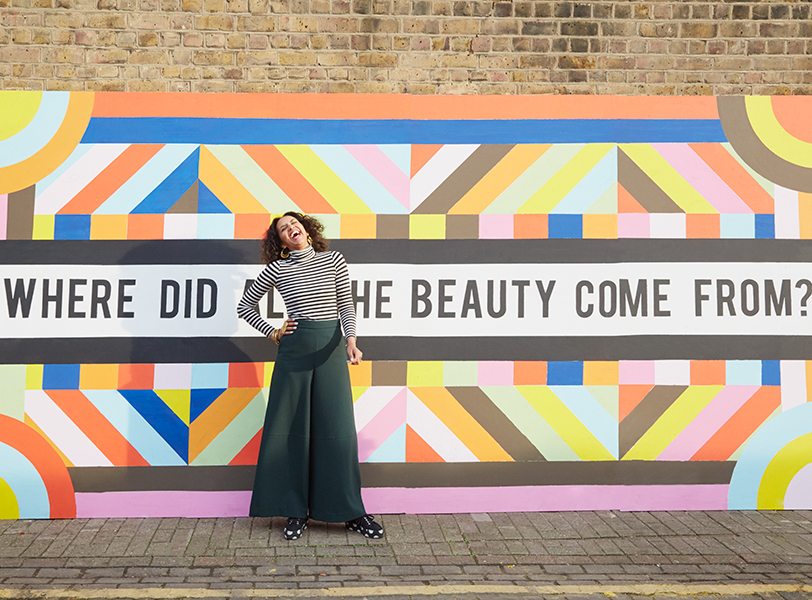
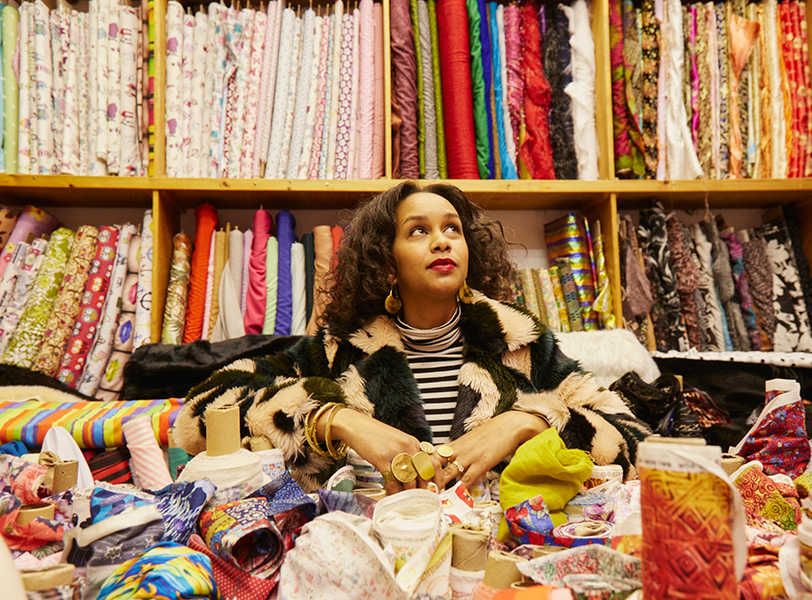
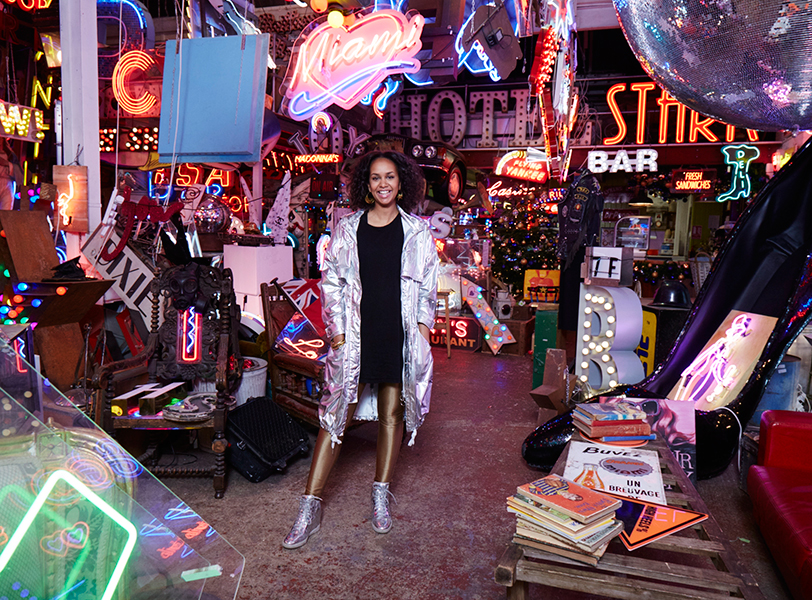
 Tuesday, February 9, 2016 at 5:00AM
Tuesday, February 9, 2016 at 5:00AM Samuel Levi Jones designs a Shinola Jacket benefitting the Headlands Center for the Arts this year. Place your bid on Paddle 8 now! Bidding ends on Febuary 16, 2016 at 3pm pst
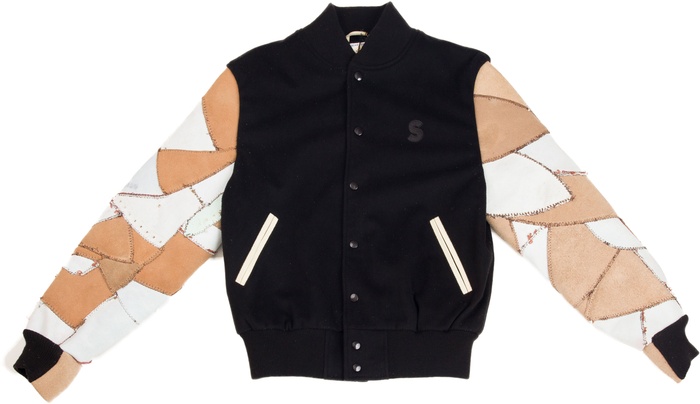
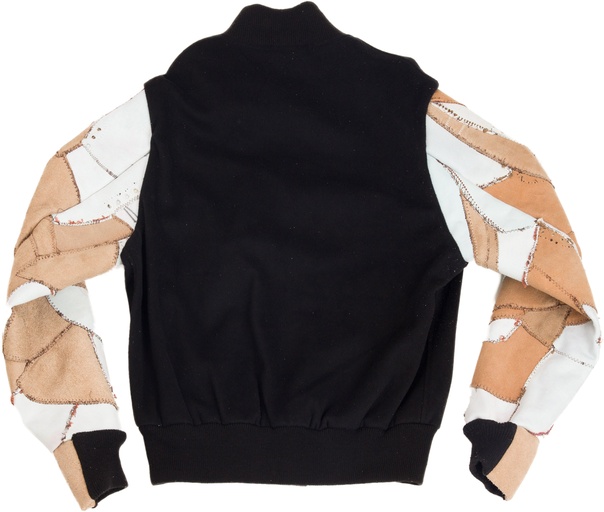
 Monday, February 1, 2016 at 5:00AM
Monday, February 1, 2016 at 5:00AM One of our dearest friends and greatest supporters has passed on. Having touched the lives of hundreds of thousands of people, a true teacher, a true master and one of the main reasons the gallery became a success. I salute you on your journey home Dr. Blair. xo

 Monday, January 25, 2016 at 5:00AM
Monday, January 25, 2016 at 5:00AM The Guerilla Girls school Colbert on the history of power in art and the art world
 Friday, January 22, 2016 at 5:00AM
Friday, January 22, 2016 at 5:00AM The documentary about the life and work of Chinese artist Cai Guo-Qiang makes its debut at Sundance this year. It centers around his 2015 project where he created a firework installation of a 1650ft ladder leading up to the sky.
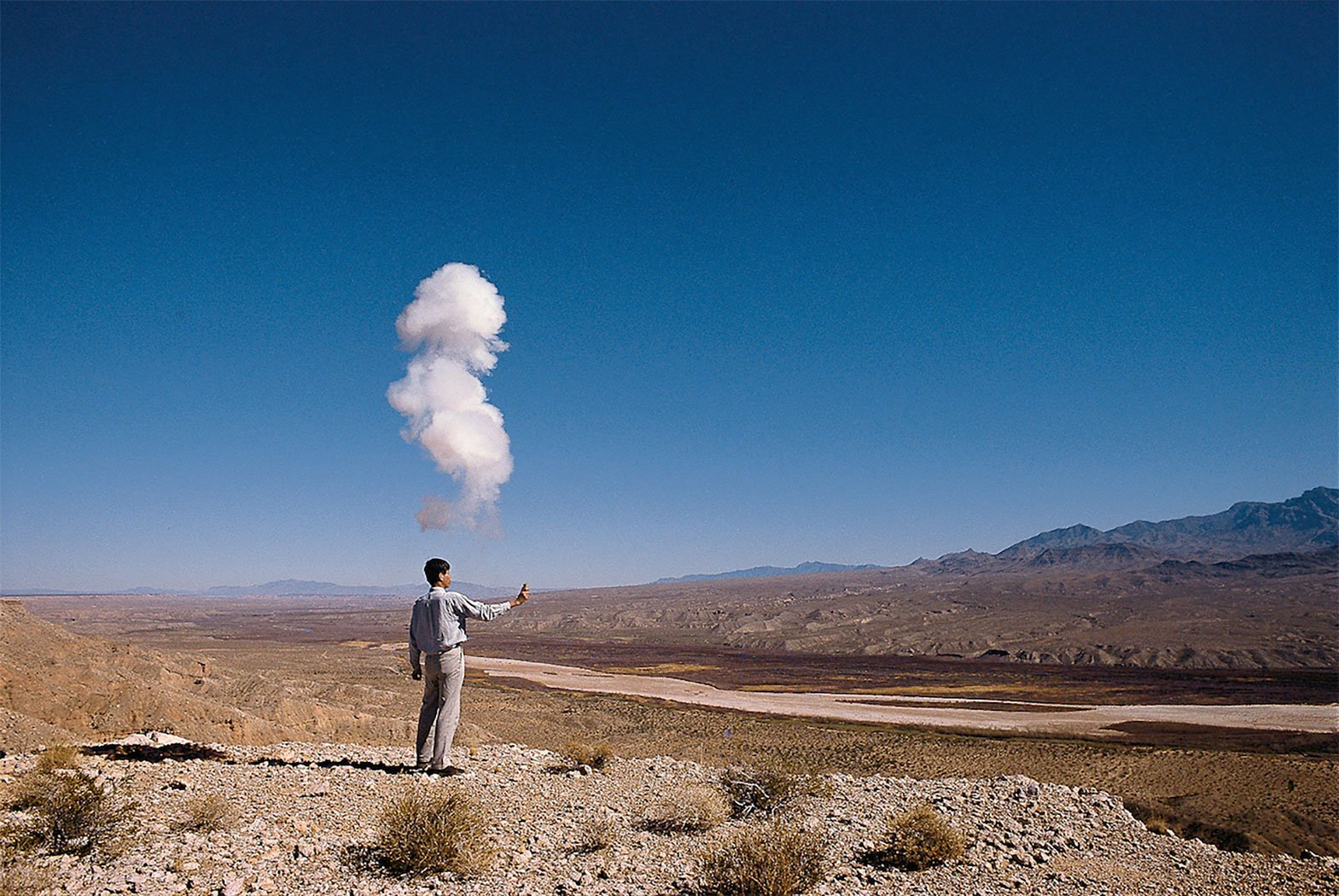
 Thursday, January 21, 2016 at 5:00AM
Thursday, January 21, 2016 at 5:00AM Great interview in Artinfo with Samuel Levi Jones when his Studio Museum in Harlem solo show "Unbound" debuted.
BOOKWORM: SAMUEL LEVI JONES AT THE STUDIO MUSEUM IN HARLEM
BY MOSTAFA HEDDAYA
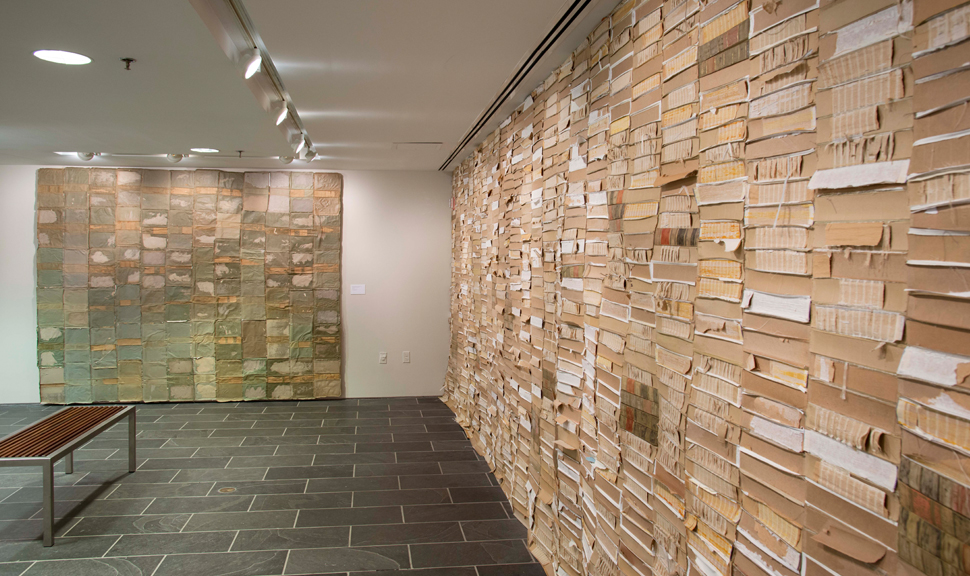
Hardcover books today are as much about sentimentality as they are about text, but the work of a young artist now on view at the Studio Museum in Harlem eschews textuality altogether for an aesthetic and material communion with these spined signifiers. Californian Samuel Levi Jones has taken over the three walls of the project space on the lower level of the Studio Museum in Harlem for “Unbound,” a small but compelling exhibition curated by Naima J. Keith.
Consisting of just three large works, Jones’s wall-mounted abstractions take as their source material the covers of hundreds of law books which the artist has ripped apart and refashioned into geometric patchworks. Motivated by national conversations on police brutality and the failures of the justice system, Jones, whose previous body of work used encyclopedias as a source material, turned to legal texts. But the only traces of language visible in the exhibition are those on the spines of the exhibition’s titular work, “Unbound,” the wall-mounted piece that anchors the space. “Unbound” is flanked on either side by two smaller works on canvas that display the deconstructed cover material, which varies between cardboard, paper, and canvas. Taken as a whole, the show is subtle yet expressive. In a recent conversation, the artist spoke with ARTINFO about his process and work.
Tell me a little about how you came to this site-specific project at the Studio Museum, and how it relates to the work you’ve done with books so far.
In terms of having a show, Naima [J. Keith] saw my work at the gallery I work with, Michelle Papillion in LA, and we started having a conversation about potentially having a show and it came down to me submitting a proposal. This was before they contacted me about the Wein prize, which is a separate thing, because people who have gotten the prize haven’t necessarily had a show there. That’s how it came to be.
In terms of working with the space and working with the material, the really large piece with the spines, titled “Unbound” — I wasn’t intending it to making it the size of the wall, but with it being a site-specific space it pushed me to make it much larger than I originally intended it to be. That piece is a continuation of a much smaller piece I made from spines. I made a piece from a set of spines from an encyclopedia, but it’s basically embedded in a wall, the spines themselves sewn together and embedded in a hole in the wall, and about half of it drapes off the wall.
I had considered making a larger piece with spines based upon that piece, and I came to the law books because I was really thinking about a lot of things, what happened around the country in terms of law and law enforcement and I immediately told myself I wanted to get a set of law books and work with those and see what they looked like visually, I really wanted to obtain the books. The first set of books I purchased was maybe about 500 books or so, and sort of a discovery because I had no idea what they were going to look like inside, on the outside they are all completely the same, the finish is the same, but underneath the material is completely different, from canvas-like material to paper-like material, which was really interesting. That was a discovery in and of itself and kind of a risk, so to speak, because I started acquiring the material thinking that’s what I was going to use for the show, and it just worked itself out.
You mentioned that national events relating to the justice system drove you to seek out the law books. Could you speak a little bit to the relationship between material and theoretical substance in your work?
A great deal of my work has been about encyclopedias, thinking about the framework of the encyclopedia as a power structure that controls information, thinking about who compiles that information and who has that information. Thinking specifically about information that has been left out, and intentionally left out. This cathartic process of deconstructing the materials as a stand-in for these structures that exist and reconstructing the materials to create something visually, to have dialogue about the sorts of things that are going on.
Would you consider this process with the materials as part of the work? And how did you get into working with books in the first place?
I wouldn’t go so far as to say that one is any better than the other. For me personally it’s interesting, this process of deconstructing the material, it’s this personal thing, my way of grappling with these things from personal experience. Thinking about the ways in which we navigate the systems we exist within. It started off with a portrait series sort of in response to Gerhard Richter’s "48 Portraits,” first shown in the 1972 Venice biennale. The images he used were from an encyclopedia, and my immediate response was to get a set of encyclopedias, and by chance the very first set I got was from 1972, this coincidental thing.
So what I did is I recycled the pages to make prints, and I would end up printing my own portraits of 24 men and 24 women that could have been represented that year [in the encyclopedia] and weren’t. They’re under-exposed and you can barely see them, when you first see them they’re like black squares until your eyes adjust. Then I started experimenting with the materials more... all these layers. That's how I came to the books. Once I skinned the books and saw what they looked like underneath they were very visually interesting to me, so I ended up experimenting with ways of putting them back together and ended up putting them on canvas.
The material is directly associated with the ideas that I originally started thinking about and working with, it's fortunate that they're visually interesting and can create a conversation. Pretty much anyone can relate to the material, it's very recognizable, a natural entryway into the work.
Let’s go back to what’s on view at the Studio Museum.
So the biggest and most obvious piece is “Unbound,” which is composed of spines from the law books, and those are sewn together with a sewing machine — I sew all the materials. And the piece “Don’t Feel Right” is the front covers and the back covers of “Unbound.” “Unbound” was an entirely new piece. The scale of it was made for the space; I actually sourced five different sets of law books to have enough material to make the piece, about 1,700 books. The others are the largest ones I’ve done on canvas, they were made to fit the space. The scale of the encyclopedias are usually built around the amount of books that are in a set of encyclopedias. In a set of law books there can be several hundred books, so it opens up the possibility of working at scale.
Was there anything within those books, which I understand are at least in part California State Supreme Court decisions?
I just ended up with those sets of books… the only significant part is that they are law books.
Your educational background is in photography — how does that inform your practice today?
Photography was my entryway into making, and I didn’t start making until I was in my early 20s. I picked up a camera, and was interested in framing things. Photography was a way of seeing things, and the work that I’m doing now is an extension of that.
This interview has been edited and condensed for clarity.
 Wednesday, January 20, 2016 at 5:00AM
Wednesday, January 20, 2016 at 5:00AM What a weekend, a successful opening for Derek Fordjour & Yashua Klos and an incredible time on the Kingdom Float designed and built by Lauren Halsey for the Martin Luther King Day Parade.




